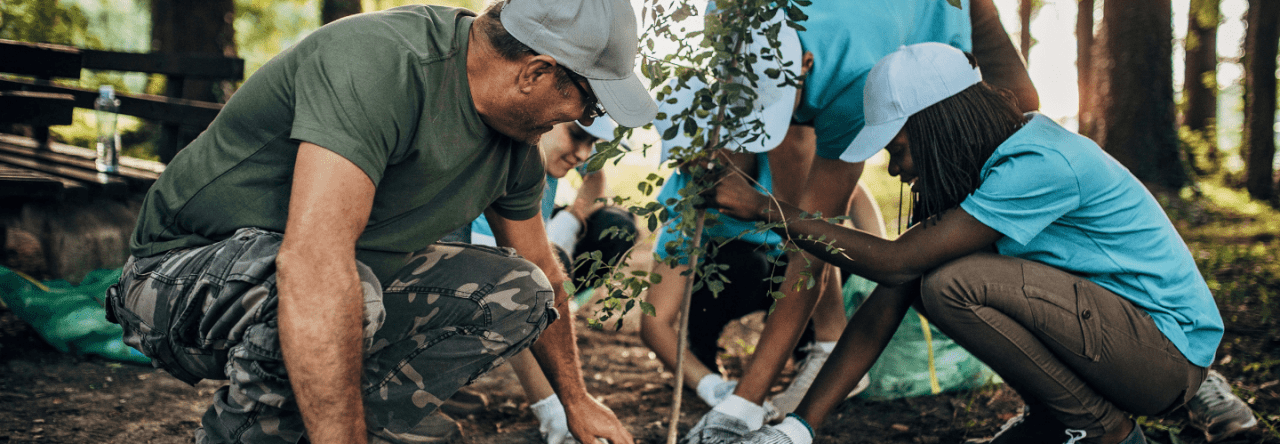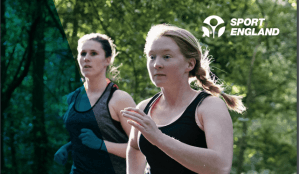So as the dust settles on another funding announcement from Sport England, it’s clear we are definitely in uncharted territory. With many National Governing Bodies (NGBs) receiving significantly less than in  previous periods we look at how the role of the volunteer will become essential in improving our sporting institution’s resilience.
previous periods we look at how the role of the volunteer will become essential in improving our sporting institution’s resilience.
The last round of funding covered 46 sports between 2013 and 2017 and with a total value of £493 million. The newly proposed £88 million spread across 26 sports, with four sports accounting for just under 50% of that funding is a deep cut to our sporting infrastructure. Sport England, operating in these austere times, have had to make some tough decisions and their new approach of encouraging NGB’s to focus on their “core market” may prove to be the best opportunity for a return on this significantly reduced investment. Only time will tell.
Further announcements are due in February, but it is doubtful that any major changes or reversals will be announced. What is clear based on the announcement yesterday is it is going to be a challenging environment for this next funding cycle.
So what do NGB’s do now?
Beyond getting all their members to start buying lottery tickets here are some ideas and thoughts that we thought it would be useful to share.
If all the NGB’s stopped existing tomorrow, would people still be playing sport this weekend?
I know this is something of a loaded question, of course, they will, but, only by relying on the ubiquitous and passionate volunteer-led sport across the country. NGB’s are still vital to the efficient delivery and development of their sports, but now they must learn to effectively leverage their volunteer base if they want to see their sport flourish under such deep cuts.
The growth of NGB’s over the last 20 years through the cash injection offered via lottery funding changed them in many cases into fully professional businesses that thought in terms of customers. They were more income-driven and had significant overheads to cover, as is typical during periods of rapid organisational growth. Of course, this led to improvements in a range of areas such as safety, facilities, professional levels of training, policy, etc.. and some of these improvements were drastically required. But in that jump to a more professional world, some of our traditional voluntary infrastructure struggled to keep up.
It is here that we think NGB’s can make some drastic gains with their core market. By understanding the many roles played by people at local, county, regional and even national level and what engages and motivates those individuals to give up their time is the area which could have the largest potential impact. How many of these functions are volunteers, even though many may not self-identify as such, is one of the many questions NGB’s need to answer. How do you upskill these people, how do you empower them and how to ensure you do not rely on the same individuals undertaking all the work every week.
This next four years is an opportunity to reinvent many NGB’s from the ground up, to look at how you make them local led grassroots organisations that can simultaneously grow participation, membership and customer base. To do this requires two of the most valuable resources available, people’s time and enthusiasm.
NGB’s will have to become much better at responding to the demands of their stakeholder base, of directly engaging and understanding what the volunteers who operate their clubs and county organisations want and need.
In 2016, there have never been more ways to participate at a local and hyper-local level. With more channels available via social media; new ways to raise capital via crowdfunding and peer-led lending. NGB’s that thrive will use this technology to drive the benefits and stories about their sport locally and nationally. This will not be a top-down marketing campaign as these are often very expensive, but it will be a bottom up user led movement. An example of the type of user led content I refer to can be found on line; right now there are 13.3 million Parkour and 4.6 million Freestyle football user-created videos on YouTube.
It will be the role of the NGB’s to make it easy for participants, volunteers, helpers, and officials to create and/or find existing communities where individuals can engage directly. We have used these concepts and ideas as we have developed our volunteer management platform TeamKinetic and we continue to try to build using these principals:
- Empower people to do it for themselves.
- Reward and recognise them and when they do, do it in a way that appreciates what motivates them.
- Make getting involved easy to find and then intuitive to undertake.
- Share your successes and your failures with your community so that everyone can learn.
Our technology is not for everyone right now, but we know these principals superseded the digital realm. Not everyone wants to engage via their computers or phone, but the principals stand no matter how you look to engage with the people who make your sport happen. We find its a combination of people, policy, process and technology that allows an organisation to scale the use of volunteers effectively.
If you would like to know how we can help you reconnect with your volunteer base, how our systems and research can empower more people to get involved and how you can recognise those people; who support your organisation week in, week out. Our work and that of our partners as part of the Join In consortium is available, and we are keen to talk to all NGB’s on how we can help you do more with less. Feel free to contact me at chris@teamkinetic.co.uk or call our office on 0161 914 5757.

